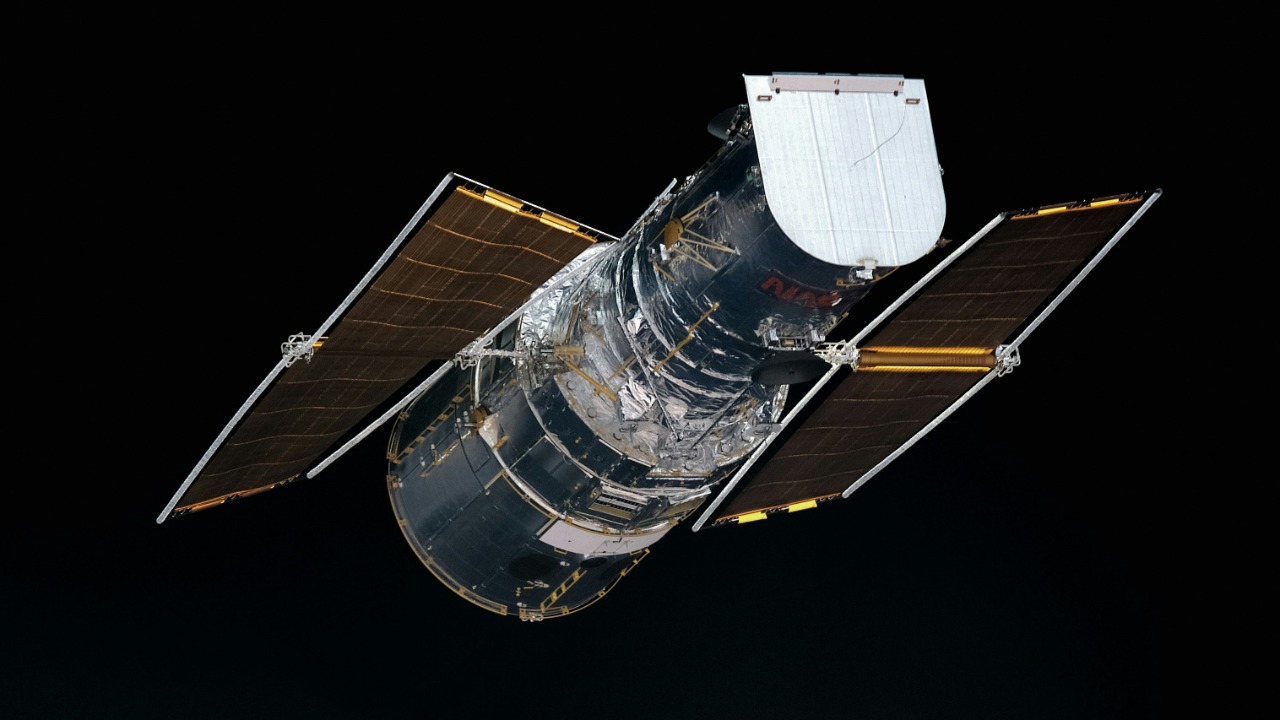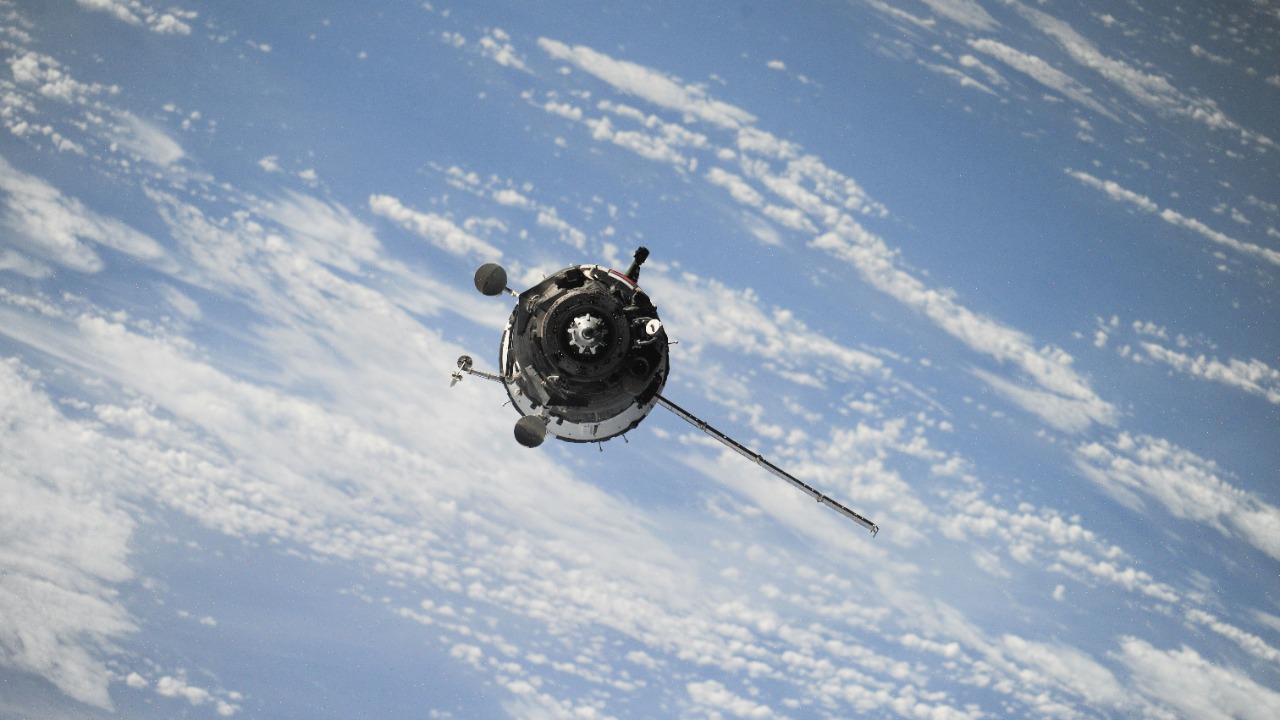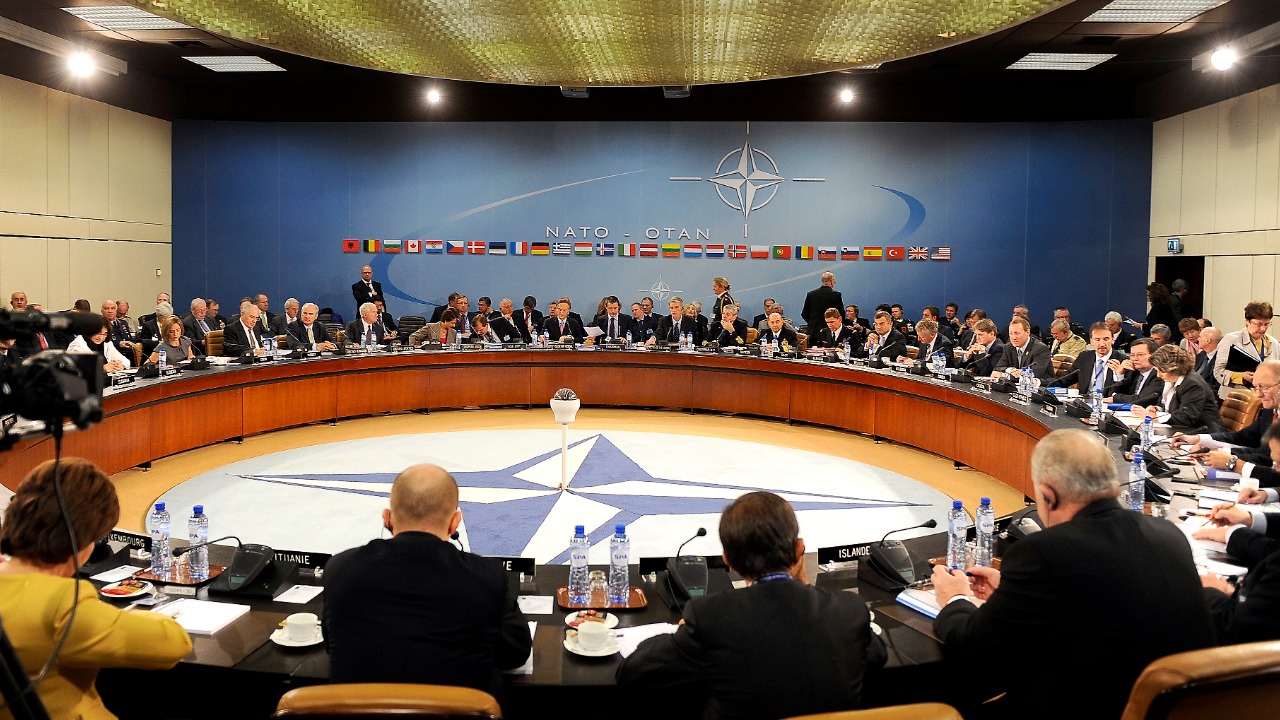
Researchers led by James Pavur from the University of Pennsylvania’s Warren Center for Network and Data Sciences have made a startling discovery: Viasat’s broadband satellites are broadcasting unencrypted sensitive data in real time. This vulnerability affects 17 tested satellite networks but is most severe on Viasat’s system, which serves U.S. military and government clients. The findings, presented at the USENIX Security Symposium, have raised serious concerns about global espionage risks.
The Discovery of Satellite Data Leaks

James Pavur and his team used a research methodology that involved intercepting and decoding transmissions from 17 satellite broadband providers. They used off-the-shelf equipment costing under $1,000, focusing on unencrypted Inmarsat and Iridium signals before targeting Viasat’s Ka-band network (Wired). The initial findings were alarming: Viasat’s network revealed plaintext data streams including SMS messages and call audio. One example captured a text about “moving to a new location” from a device linked to a Ukrainian military unit (Futurism).
The scope of testing was extensive, conducted over several months in 2023 and culminating in the August 14, 2024, USENIX presentation. The researchers highlighted that Viasat’s encryption gaps allow anyone with a satellite dish to access the data (Interesting Engineering).
How Satellite Networks Transmit Unencrypted Data

Viasat’s Ka-band satellite architecture beams broadband internet from geostationary orbit at 35,786 km altitude. However, unlike the control plane, the user plane data is not encrypted, leading to exposed calls and texts traveling 120,000 km round-trip (Wired). This lack of end-to-end encryption in Viasat’s system allows interception via simple tools like software-defined radios. Pavur’s team demonstrated this by decoding military location pings in under 10 minutes (Futurism).
When compared with other networks, Viasat’s flaws are the worst. While Iridium and Inmarsat encrypt minimally, Viasat’s unencrypted data volumes reach gigabytes per session from corporate and military users (Interesting Engineering).
Military and Government Exposure Risks

Viasat plays a crucial role as a provider for U.S. Department of Defense contracts, including secure communications for troops in remote areas. These communications are now compromised by leaks of device identifiers tied to military hardware like tactical radios (Wired). A striking example of the potential risks involved a location ping from a Ukrainian military unit near Kherson, Ukraine, broadcast unencrypted on October 15, 2023. This could potentially reveal troop movements during ongoing conflict (Futurism).
The implications are international in scope. Viasat serves NATO allies and governments in over 100 countries, exposing sensitive operations to adversaries like Russia or China monitoring satellite downlinks (Interesting Engineering).
Corporate and Civilian Data Vulnerabilities

The researchers also intercepted corporate communications, such as unencrypted emails and file transfers from energy firms using Viasat for remote operations. In one instance, an oil rig’s operational logs were broadcast in plaintext (Wired). Civilian impacts were also significant, with personal calls and texts from maritime vessels and aircraft captured, revealing private details like passenger manifests on flights over the Pacific (Futurism).
The scale of the issue is staggering. The researchers estimate that there are millions of daily unencrypted transmissions on Viasat’s network, affecting 2 million subscribers worldwide as of 2024 (Interesting Engineering).
Broader Security and Espionage Concerns

The espionage threats are significant. State actors could set up satellite receiving stations in hostile territories to harvest military secrets, as Viasat’s unencrypted streams are accessible from anywhere with line-of-sight to the sky (Wired). As James Pavur stated in the USENIX paper abstract, “This is a wake-up call; satellite data is the new frontier for surveillance” (Futurism).
There are also regulatory gaps to consider. There are no specific FCC or ITU rules mandating satellite encryption for user data, leaving networks like Viasat self-regulated despite known risks since 2022 hacks (Interesting Engineering).
Recommendations and Industry Responses

Pavur’s team proposed fixes, including mandatory end-to-end encryption for all satellite user data and regular penetration testing. They suggested that providers like Viasat should implement these within 6-12 months (Wired). In response, a Viasat spokesperson acknowledged the findings on August 15, 2024, and committed to software updates for encryption by Q4 2024, while denying immediate risks to military clients (Futurism).
There have also been calls for policy changes, such as U.S. government mandates for satellite security standards. These calls were echoed by cybersecurity experts at the USENIX event (Interesting Engineering).